Home>Garden Essentials>How To Decorate A Salad Bar With Greenery At A Restaurant?
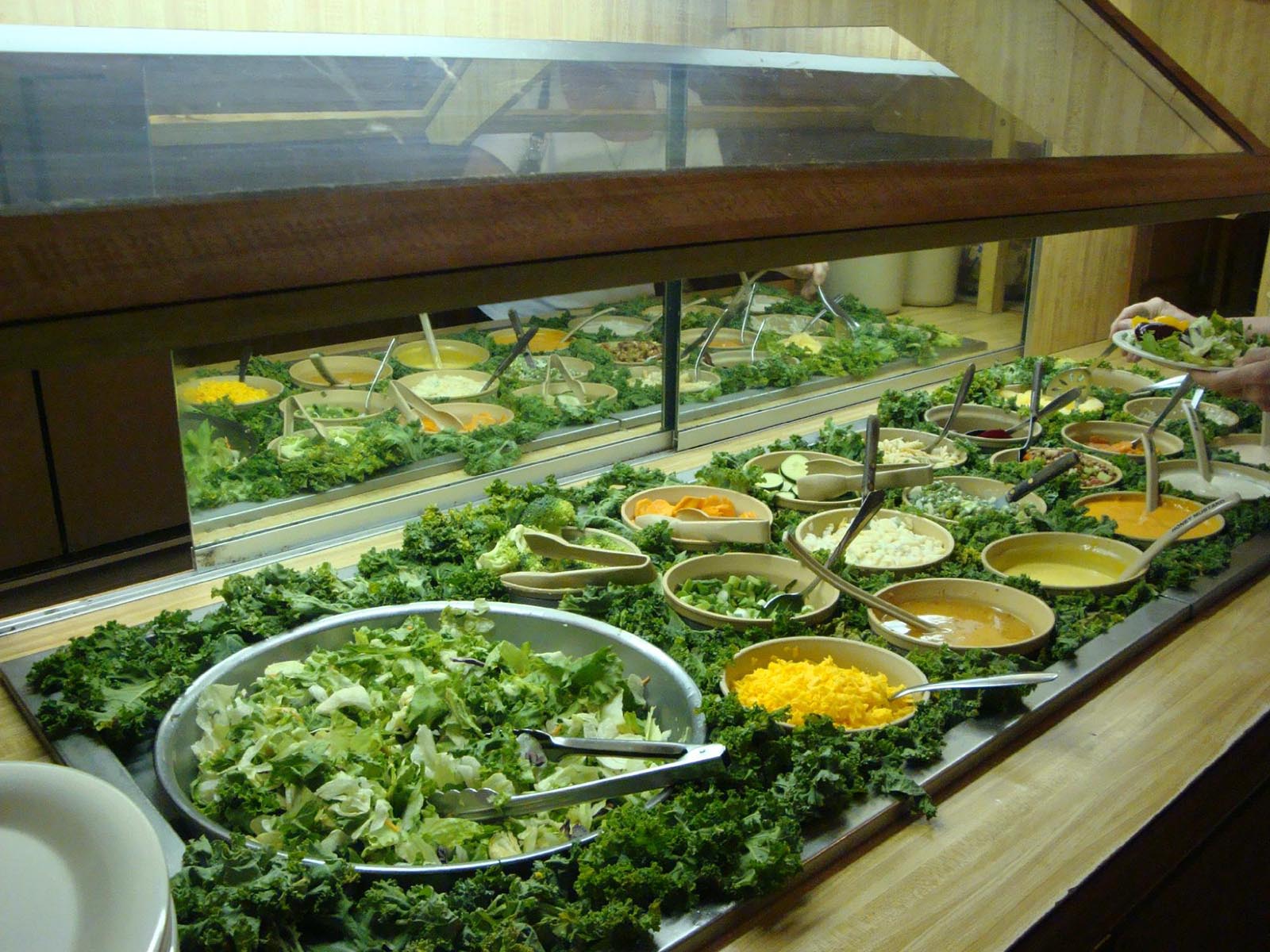

Garden Essentials
How To Decorate A Salad Bar With Greenery At A Restaurant?
Modified: March 7, 2024
Learn how to enhance your restaurant's salad bar using garden-inspired greenery. Discover creative ideas and tips to create a refreshing and inviting atmosphere.
(Many of the links in this article redirect to a specific reviewed product. Your purchase of these products through affiliate links helps to generate commission for Storables.com, at no extra cost. Learn more)
Introduction
Welcome to the wonderful world of salad bars! These self-serve stations have become increasingly popular in restaurants and dining establishments. They offer a diverse range of fresh and healthy options for customers to create their own customized salads. However, to truly elevate the dining experience, it’s important to go beyond just the ingredients and focus on the presentation as well.
That’s where the power of greenery comes in. Adding fresh and vibrant greenery to your salad bar not only enhances its aesthetic appeal but also creates a welcoming and inviting atmosphere. With a little bit of creativity and some well-placed greenery, you can transform your salad bar into a visually stunning centerpiece that grabs the attention of your customers.
In this article, we will explore the importance of greenery in salad bars, how to choose the right greenery, tips for preparing and arranging the greenery, and the benefits of incorporating greenery into your salad bar. So, if you’re ready to take your salad bar to the next level, let’s get started!
Key Takeaways:
- Greenery in salad bars enhances visual appeal, connects diners with nature, and adds elegance. It also improves organization and contributes to a welcoming atmosphere, creating a memorable dining experience.
- Choosing, preparing, and creatively arranging greenery in salad bars elevates the overall dining experience and entices customers to indulge in healthy and delicious meals.
Read more: How To Decorate A Mantel With Greenery
Importance of Greenery in Salad Bars
When it comes to salad bars, the focus is often on the freshness and variety of ingredients, from crisp lettuce to crunchy vegetables and delectable toppings. However, the role that greenery plays in enhancing the overall dining experience should not be underestimated.
First and foremost, greenery adds a pop of color and liveliness to the salad bar. It creates a visually appealing display that catches the eye and entices customers to indulge in a healthy meal. The vibrant shades of green are not only visually pleasing but also symbolize freshness and vitality, aligning perfectly with the concept of a salad bar.
Moreover, greenery creates a sense of connection with nature. In today’s fast-paced and urbanized world, many people yearn for a break from concrete jungles and crave a touch of greenery in their surroundings. By incorporating greenery into your salad bar, you create a welcoming oasis that allows diners to escape momentarily into a natural and calming environment.
Additionally, greenery adds a touch of elegance and sophistication to the salad bar. It elevates the overall presentation and gives a sense of luxury to the dining experience. Just as a garnish can transform a mundane dish into a work of art, greenery can take your salad bar from ordinary to extraordinary.
Furthermore, greenery offers practical benefits as well. It acts as a natural divider, separating different sections of the salad bar and providing a clear distinction between various ingredients. This helps customers navigate through the offerings more easily, ensuring a smooth and efficient dining experience.
Lastly, greenery contributes to the overall atmosphere and ambiance of your restaurant. It creates a fresh and inviting space that attracts customers and makes them feel comfortable and relaxed. The sight and scent of greenery can have a positive impact on mood and contribute to a sense of well-being among diners.
Overall, greenery plays a crucial role in enhancing the appeal and experience of a salad bar. It adds visual interest, connects diners with nature, adds elegance, improves organization, and contributes to a welcoming atmosphere. By incorporating greenery into your salad bar, you create a memorable and enjoyable dining experience for your customers.
Choosing the Right Greenery
When it comes to choosing the right greenery for your salad bar, there are a few factors to consider. You want to select foliage that is not only visually appealing but also durable and easy to maintain. Here are some tips to help you make the right choice:
1. Freshness: Select greenery that is fresh and vibrant. Look for leaves that are crisp and free from blemishes or discoloration. Fresh greenery not only enhances the visual appeal but also indicates its ability to stay fresh for an extended period.
2. Variety: Opt for a variety of greenery to add depth and dimension to your salad bar. You can mix different types of lettuce, such as romaine, spinach, and arugula, to create a visually enticing display. Consider incorporating fresh herbs like basil, parsley, or mint for added flavor and aroma.
3. Durability: Choose greenery that can withstand the demands of a salad bar environment. It should be able to retain its freshness and texture even when exposed to varying temperatures and humidity levels. Hardier types of lettuce, like romaine or kale, are great choices as they can hold up well over time.
4. Size and Shape: Consider the size and shape of the greenery to ensure it fits well within the confines of your salad bar. Opt for leaves that are easy to arrange and can be trimmed or torn into smaller pieces if needed. This will make it convenient for customers to select and serve themselves.
5. Seasonality: Embrace the beauty of each season by incorporating greenery that is in season. Not only does this add variety and novelty to your salad bar, but it also ensures that you are using ingredients at their peak freshness and flavor.
6. Edible Options: Consider including edible greenery options in your selection. Fresh microgreens, sprouted vegetables, or edible flowers can add a unique touch to your salad bar and allow customers to experiment with different flavors and textures.
Remember, the key is to strike a balance between aesthetics and practicality. Choose greenery that looks visually stunning but is also easy to handle and maintain. By selecting the right greenery, you can create a visually appealing and inviting salad bar that will leave a lasting impression on your customers.
Preparing the Greenery for Decoration
Before incorporating the greenery into your salad bar, it is important to take the necessary steps to prepare it for decoration. Proper preparation ensures that the greenery stays fresh and maintains its visual appeal throughout the day. Here are some tips for preparing the greenery:
1. Washing: Start by washing the greenery thoroughly to remove any dirt, debris, or pesticides. Fill a clean sink or basin with cold water and gently submerge the leaves, swishing them around to dislodge any impurities. Rinse the leaves under running water to ensure they are clean and free from residue.
2. Drying: After washing, it is crucial to dry the greenery thoroughly. Excess moisture can cause the leaves to wilt or become slimy. Gently shake off any excess water, or use a salad spinner to remove the moisture. Lay the leaves on a clean kitchen towel or paper towels and pat them dry gently.
3. Trimming: Inspect the greenery for any damaged or discolored leaves. Trim off any wilted or browned edges to ensure that only the freshest and most vibrant parts are used for decoration. Discard any leaves that are past their prime to maintain the overall quality of the greenery.
4. Storage: Once the greenery is clean and trimmed, store it properly to maintain its freshness. Place the leaves in a clean, airtight container lined with a damp paper towel to keep them hydrated. Refrigerate the greenery until you are ready to use it in the salad bar. Be sure to check and refresh the damp paper towel if needed to prevent the leaves from drying out.
5. Timing: Timing is crucial when it comes to preparing the greenery. Ideally, prepare the greenery just before you set up the salad bar. This will ensure that the leaves remain fresh and crisp for the longest possible time. Avoid preparing it too far in advance, as the leaves may wilt or lose their visual appeal.
By taking the time to properly prepare the greenery, you can ensure that it not only looks pristine but also maintains its freshness throughout the day. This attention to detail will make your salad bar all the more inviting and appealing to your customers.
Placement of Greenery in the Salad Bar
Strategically placing the greenery in your salad bar can make a significant difference in its overall presentation and visual impact. The goal is to create an enticing display that showcases the freshness and variety of the ingredients. Here are some tips for the placement of greenery in your salad bar:
1. Base Layer: Start by lining the bottom of the salad bar with a bed of fresh, crisp lettuce or other leafy greens. This serves as the foundation for the toppings and creates a visually appealing backdrop for the other ingredients. Opt for a mix of different lettuces to add texture and color.
2. Height and Depth: Create different levels and heights within the salad bar by using bowls or risers. This adds depth to the presentation and allows the greenery to be showcased at various heights. Stack bowls or containers on top of each other to create a tiered effect, with the greenery placed in different levels.
3. Focal Points: Identify certain areas within the salad bar that can serve as focal points. These can be reserved for larger greenery arrangements or unique garnishes. For example, you can place a bunch of fresh herbs like basil or cilantro in a small vase to add a pop of color and fragrance.
4. Color Coordination: Pay attention to the color coordination of the greenery with the other ingredients. For instance, if you have a colorful array of vegetables like cherry tomatoes, bell peppers, and carrots, consider using greenery with a contrasting shade, such as red-tinged lettuce or variegated greens.
5. Segmentation: Divide the salad bar into clearly labeled sections for different types of greens and toppings. You can use small signs or dividers to indicate the different varieties of lettuce or other greenery. This segmentation makes it easier for customers to navigate and choose their desired ingredients.
6. Edible Display: Incorporate edible greenery that can be easily plucked and added to the salad. Fresh sprouts, microgreens, or edible flowers not only add visual interest but also offer an interactive element for customers to customize their salads with these fresh and delicate greens.
7. Refreshing: As the day progresses, make sure to refresh the greenery regularly. Discard any wilted or discolored leaves and replenish the display with fresh greenery. This will ensure that the salad bar remains visually appealing and appetizing throughout the day.
Remember, the placement of greenery should be visually inviting and easy for customers to access and serve themselves. By following these tips, you can create a visually stunning salad bar that showcases the freshness and variety of ingredients, making it even more enticing for your customers to create their perfect salads.
Add fresh greenery such as kale, spinach, or lettuce to the salad bar to create a visually appealing display. Use large, leafy greens as a base and smaller, decorative greens as accents. This will make the salad bar look inviting and appetizing to customers.
Maintaining the Freshness of Greenery
Keeping the greenery in your salad bar fresh and vibrant is essential to ensure a visually appealing and appetizing display. Here are some tips to help you maintain the freshness of the greenery throughout the day:
1. Temperature Control: Make sure the salad bar is kept at the optimal temperature to preserve the freshness of the greenery. Most greens thrive in cool temperatures, so it’s important to monitor and regulate the temperature of the salad bar to prevent wilting or browning. Keep the salad bar refrigerated or use chilled containers and ice packs to maintain a cool environment.
2. Moisture Management: Moisture is crucial for the freshness of greenery. However, excessive moisture can cause wilting or sliminess. Ensure the greenery is not exposed to excessive condensation in the salad bar by using proper containers and storing the greenery away from direct contact with ice or other moisture sources. Regularly check and change any damp paper towels to prevent excessive moisture buildup.
3. Protective Coverings: Use appropriate coverings to protect the greenery from exposure to air and contaminants. For instance, you can use food-grade plastic wrap or domed covers to shield the greenery from drying out or being contaminated by other ingredients. Keep the covers on when the salad bar is not being used to maintain the freshness of the greenery.
4. Rotation: Practice regular rotation of the greenery in the salad bar. Replace the older and wilted leaves with fresh ones to keep the display looking fresh and appetizing. Pay attention to any signs of discoloration or wilting and make necessary adjustments to maintain the overall quality of the greenery.
5. Hand Hygiene: It’s important to maintain proper hygiene when handling the greenery. Make sure that the staff members who work with the greenery wash their hands thoroughly before and during the process. This helps prevent the introduction of bacteria or contaminants that could compromise the freshness of the greenery.
6. Proper Storage: Proper storage during off-hours is crucial for preserving the freshness of the greenery. Ensure that the greenery is stored in clean, airtight containers with a damp paper towel to keep them hydrated. Store the greenery in refrigerated conditions to maintain its freshness until it is ready to be used again.
7. Quality Control: Regularly inspect the greenery for any signs of deterioration. Remove any wilted, discolored, or damaged leaves promptly to prevent further spoilage. Regularly trim the greenery to keep it looking neat and presentable.
By following these guidelines for maintaining the freshness of the greenery, you can ensure that your salad bar remains visually appealing and appetizing throughout the day. A well-maintained salad bar not only enhances the dining experience but also increases customer satisfaction and loyalty.
Benefits of Decorating a Salad Bar with Greenery
Decorating a salad bar with greenery offers numerous benefits that go beyond mere aesthetics. Here are some of the advantages of incorporating greenery into your salad bar:
1. Visual Appeal: Greenery adds a vibrant and visually appealing element to your salad bar. The fresh, lush leaves create an inviting display that entices customers to partake in a healthy and delicious meal. The pops of green add a touch of nature and freshness to the dining experience, making it more appealing and visually pleasing.
2. Enhanced Atmosphere: The presence of greenery in a salad bar creates a pleasant and calming atmosphere. The sight and scent of fresh greenery evoke a sense of nature and relaxation, promoting a positive dining experience. This natural and inviting ambiance can make customers feel more comfortable and engaged with their meal.
3. Improved Customer Experience: Decorating a salad bar with greenery enhances the overall customer experience. It adds an element of excitement and sophistication to the dining environment, making the salad bar more memorable and enjoyable. The visual appeal of the greenery can create a lasting impression, encouraging customers to return for more culinary delights.
4. Health Perception: Greenery is often associated with health and freshness. By incorporating greenery into your salad bar, you reinforce the perception that your establishment values the well-being of your customers. This can attract health-conscious individuals who are seeking nutritious and wholesome dining options.
5. Organization and Efficiency: Greenery can serve a practical purpose in salad bars. It can be used to separate different sections, creating a well-organized display. By clearly delineating different types of greens and toppings, customers can easily navigate the salad bar and add their desired ingredients. This organization improves the efficiency of the self-serve experience and reduces congestion around the salad bar.
6. Menu Inspiration: Greenery in the salad bar can serve as a source of inspiration for customers when creating their salads. The sight of fresh and colorful greenery can spark creativity and encourage individuals to experiment with different combinations and flavors. It encourages customers to try new ingredients and create personalized, mouth-watering creations.
7. Eco-Friendly Approach: Adding greenery to your salad bar aligns with an eco-friendly mindset. By incorporating natural elements, you promote sustainability and show your commitment to the environment. Greenery is a renewable resource, and using it as a decorative element demonstrates your dedication to responsible and eco-conscious practices.
Incorporating greenery into your salad bar offers a myriad of benefits, from visual appeal and enhanced atmosphere to improved customer experience and organizational efficiency. It adds a touch of freshness and sophistication to the dining experience while promoting a healthier perception. By embracing the natural beauty of greenery, you create a memorable and enjoyable salad bar that customers will be excited to return to.
Tips for Creative Greenery Arrangements
When it comes to arranging greenery in your salad bar, creativity can take your display to the next level. Here are some tips to help you create visually stunning and appealing greenery arrangements:
1. Mix and Match: Experiment with different types of greenery to create a diverse and visually interesting display. Combine variations in colors, textures, and shapes to add depth to the arrangement. Consider using a mix of lettuce varieties, such as romaine, spinach, and butterhead, to create contrast and visual appeal.
2. Vary Sizes and Heights: Play with the sizes and heights of the greenery arrangements to create visual interest. Use taller greens like kale or frisée as the backdrop and layer smaller leaves or herbs in the front to create depth and dimension. This creates a visually appealing display that catches the eye.
3. Color Coordination: Consider the color of the greenery in relation to the other ingredients in your salad bar. Coordinate the shades of green with the colors of fruits, vegetables, and other toppings to create a harmonious and visually pleasing arrangement. For example, pair vibrant green lettuce with red tomatoes and orange carrots.
4. Use Container Variety: Explore various types of containers and vessels to display the greenery. Consider using different shapes, sizes, and materials like glass bowls, ceramic pots, or decorative vases. This adds visual interest and creates a unique and personalized presentation for your salad bar.
5. Edible Garnishes: Incorporate edible garnishes like sprouts, microgreens, or edible flowers as a decorative element. These delicate and beautiful greens not only add visual appeal but also offer a delightful burst of flavor. Encourage customers to experiment with these edible garnishes to enhance their salads.
6. Layering Techniques: Create layers within your greenery arrangements to add dimension. Start with a base layer of larger leaves and then add smaller greens on top. Use sprigs of herbs or delicate greens to create a finishing touch on the surface. The layering technique creates a visually interesting and sophisticated presentation.
7. Seasonal Accents: Embrace the seasons by incorporating seasonal accents into your greenery arrangements. Use fresh berries, edible blossoms, or seasonal herbs to highlight the flavors and colors of each season. This adds a touch of novelty and helps your salad bar stay relevant and exciting throughout the year.
8. Change it Up: Don’t be afraid to change the greenery arrangements regularly. Refreshing the display with new arrangements keeps things interesting and adds variety for your customers. Consider rotating different greens and experimenting with different compositions to keep the salad bar visually appealing and engaging.
Remember, creativity is subjective, so feel free to experiment and let your imagination run wild. The key is to create visually appealing greenery arrangements that enhance the overall experience of your salad bar and captivate the attention of your customers.
Conclusion
Incorporating greenery into your salad bar can elevate the dining experience and create a visually stunning centerpiece. The importance of greenery goes far beyond just aesthetics—it adds a touch of nature, enhances the atmosphere, and improves the overall customer experience. By carefully selecting the right greenery, preparing it properly, and strategically placing it in the salad bar, you can create an inviting and captivating display that delights your customers.
Decorating your salad bar with greenery offers numerous benefits. It not only adds visual appeal but also creates a fresh and welcoming ambiance. The vibrant colors and textures of greenery create an inviting oasis that encourages customers to indulge in a healthy and delicious meal. The presence of greenery reinforces the perception that your establishment values the well-being of your customers and creates a memorable and enjoyable dining experience.
Moreover, creative greenery arrangements can make your salad bar truly stand out. Mixing and matching different types of greenery, varying sizes and heights, and coordinating colors add depth and dimension to the display. Using edible garnishes and exploring different container options further enhance the visual appeal and uniqueness of your salad bar. Regularly refreshing the greenery and incorporating seasonal accents keep the display fresh and exciting.
Maintaining the freshness of the greenery is key to a successful salad bar. Proper washing, drying, trimming, and storage ensure that the greenery remains fresh and appealing throughout the day. Temperature control, moisture management, and regular rotation help preserve the crispness and vibrancy of the leaves.
By incorporating greenery into your salad bar, you demonstrate your commitment to providing a visually appealing and enjoyable dining experience. The combination of fresh ingredients, creative arrangements, and a welcoming atmosphere will leave a lasting impression on your customers and keep them coming back for more.
So, whether you’re in the restaurant business or hosting a special event, don’t overlook the power of greenery. Transform your salad bar into a display of natural beauty that not only tantalizes the taste buds but also delights the eyes. Embrace the freshness, vibrancy, and ambiance that greenery brings, and watch as your salad bar becomes a focal point of attraction and satisfaction for your customers.
Frequently Asked Questions about How To Decorate A Salad Bar With Greenery At A Restaurant?
Was this page helpful?
At Storables.com, we guarantee accurate and reliable information. Our content, validated by Expert Board Contributors, is crafted following stringent Editorial Policies. We're committed to providing you with well-researched, expert-backed insights for all your informational needs.

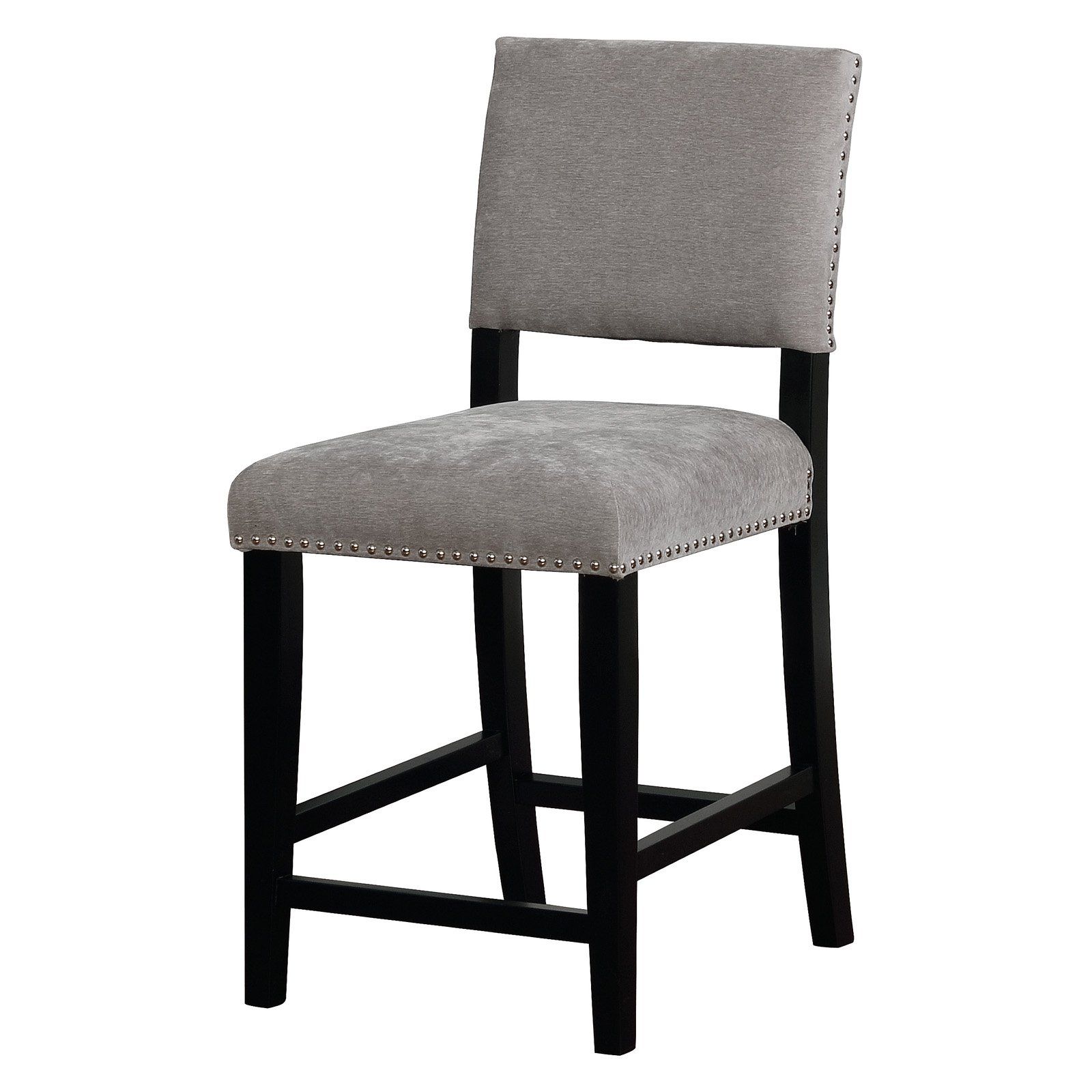

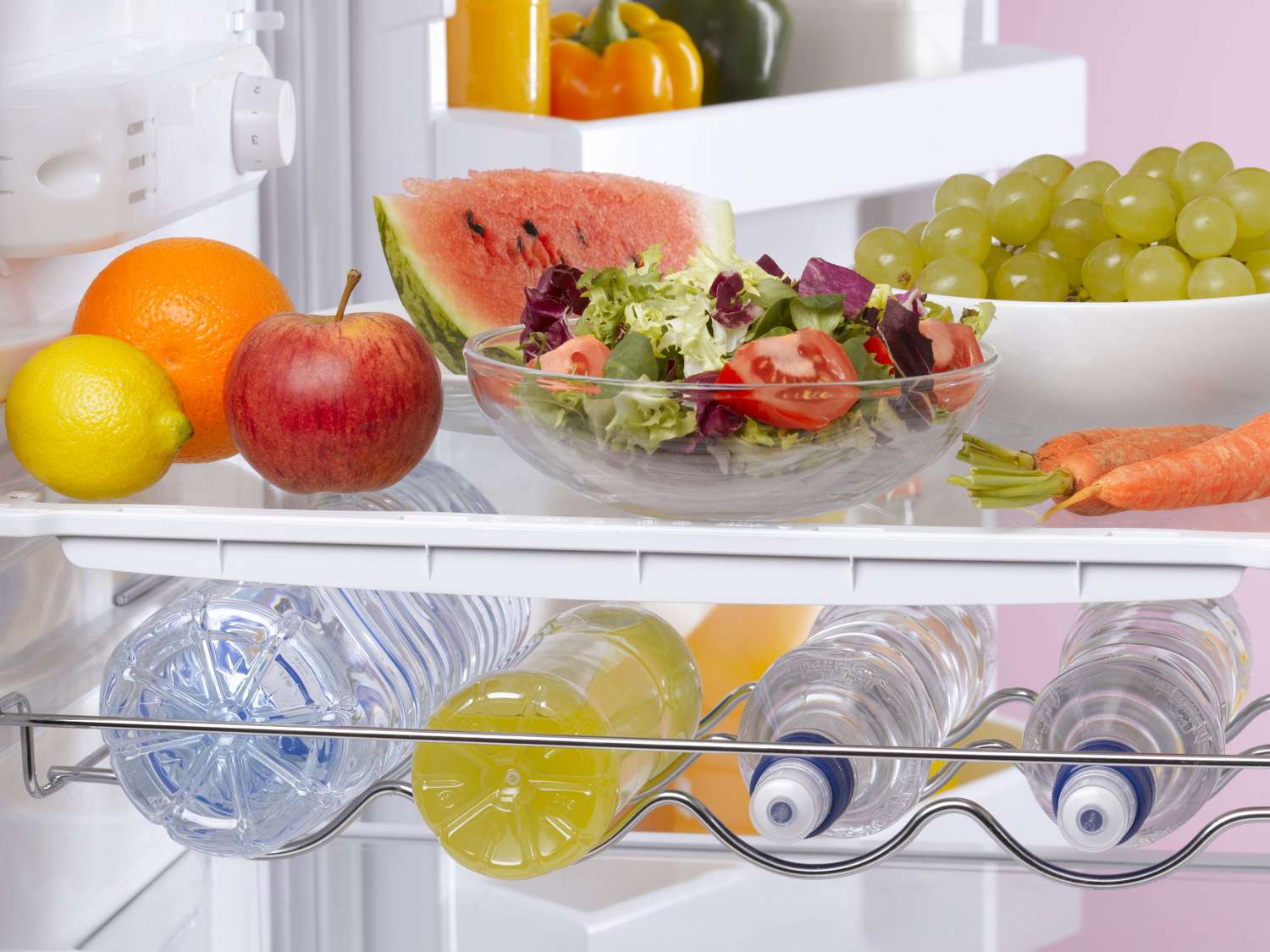
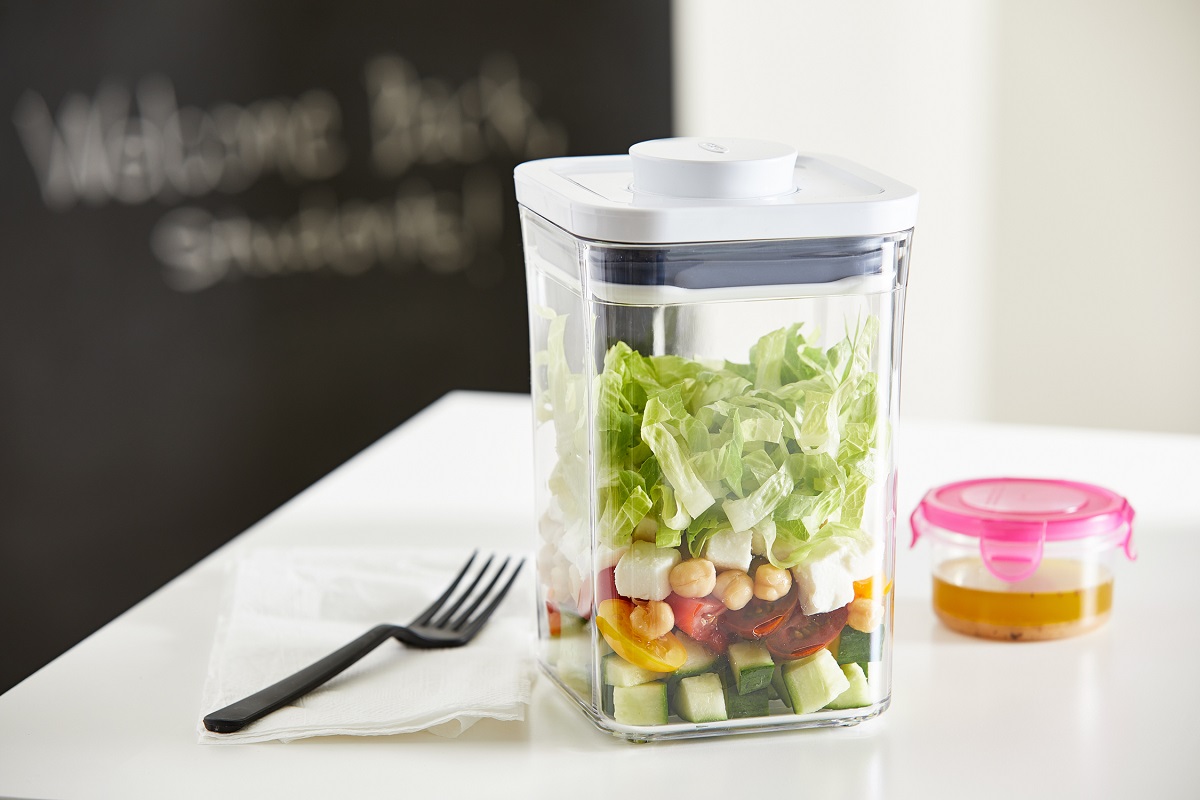
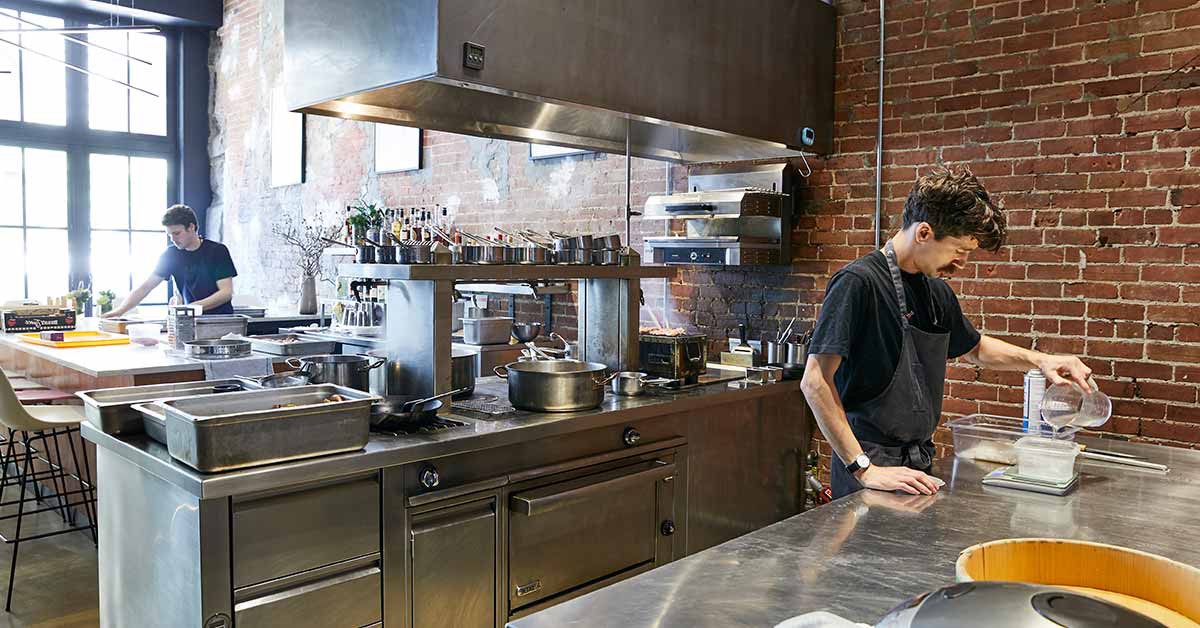
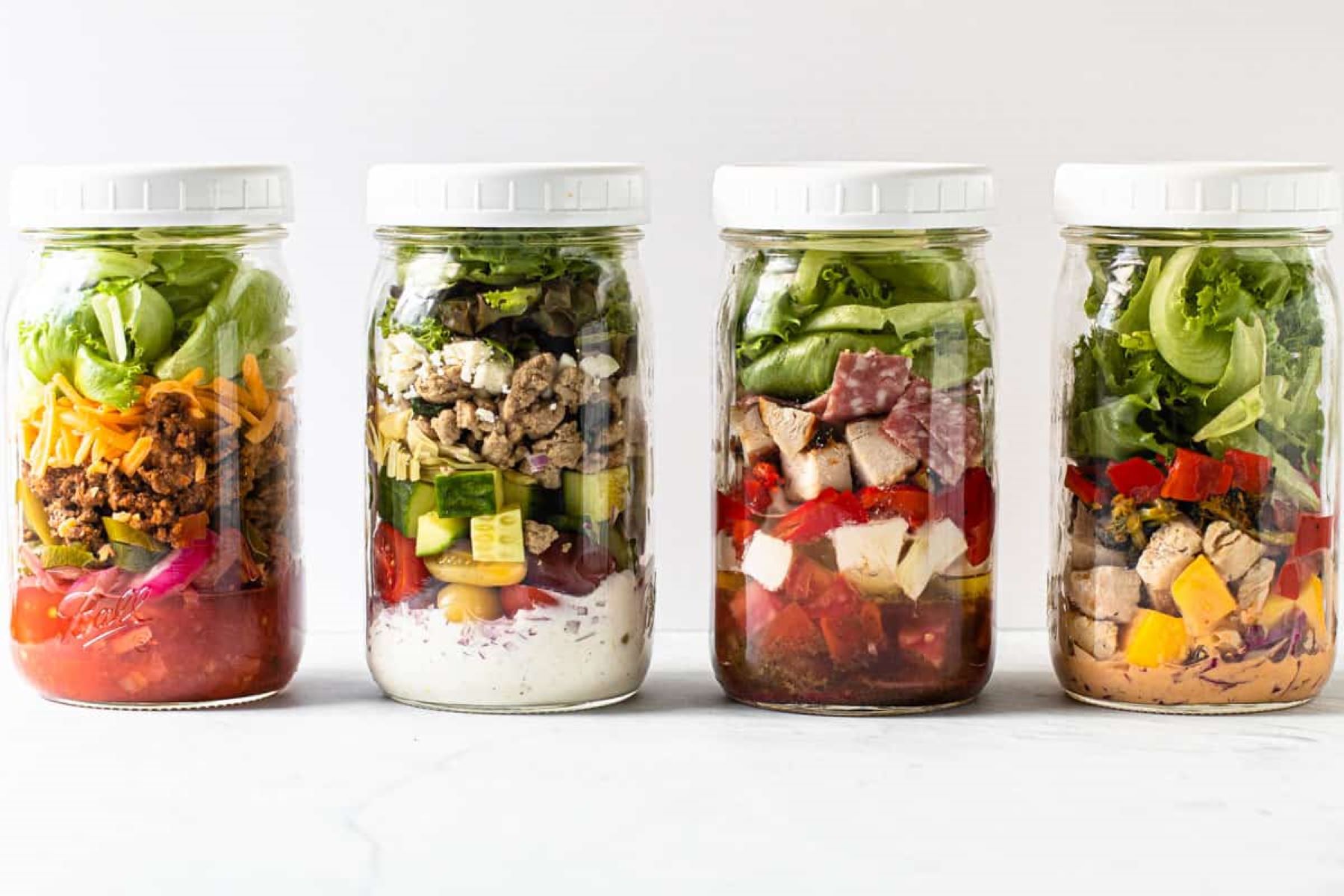
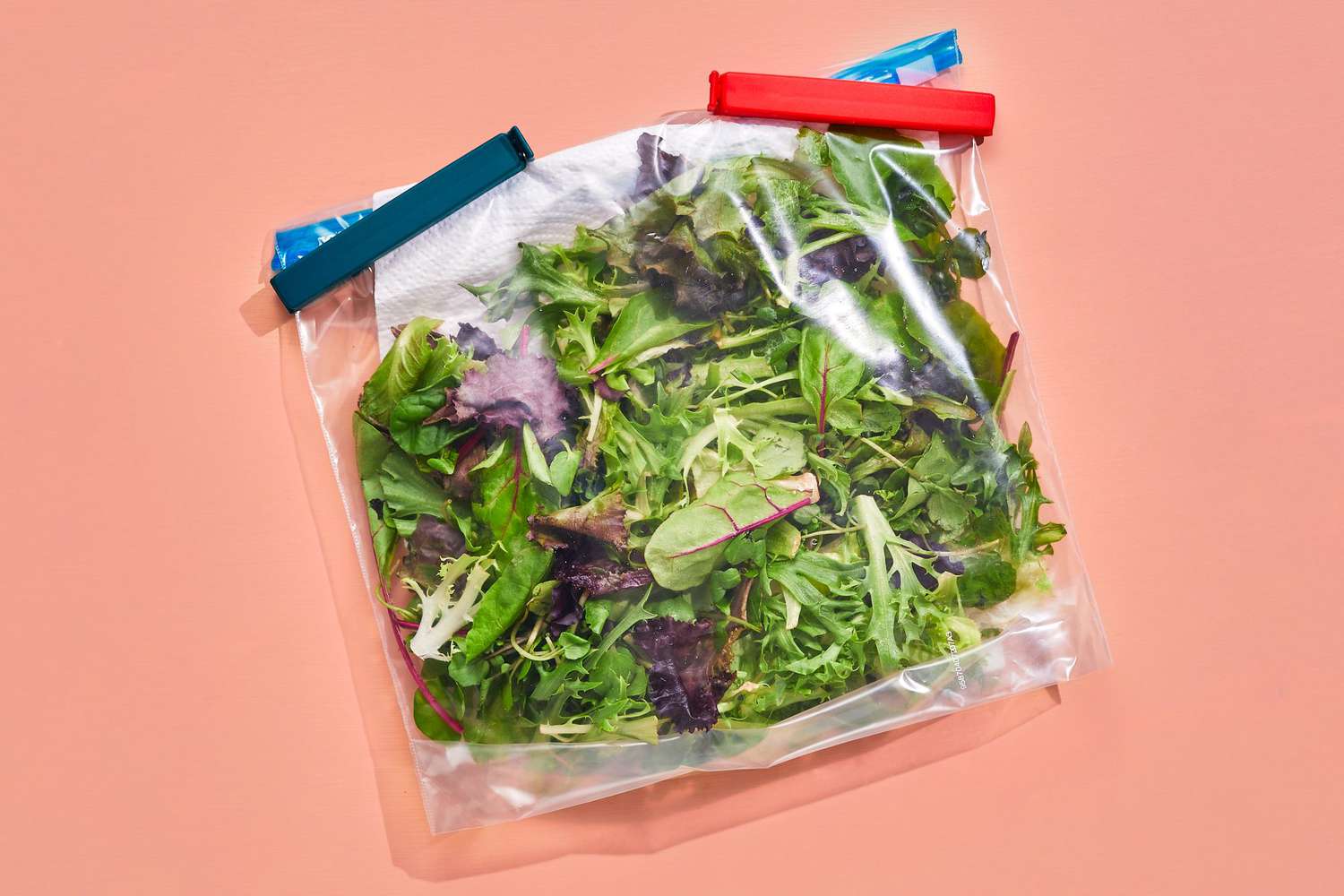
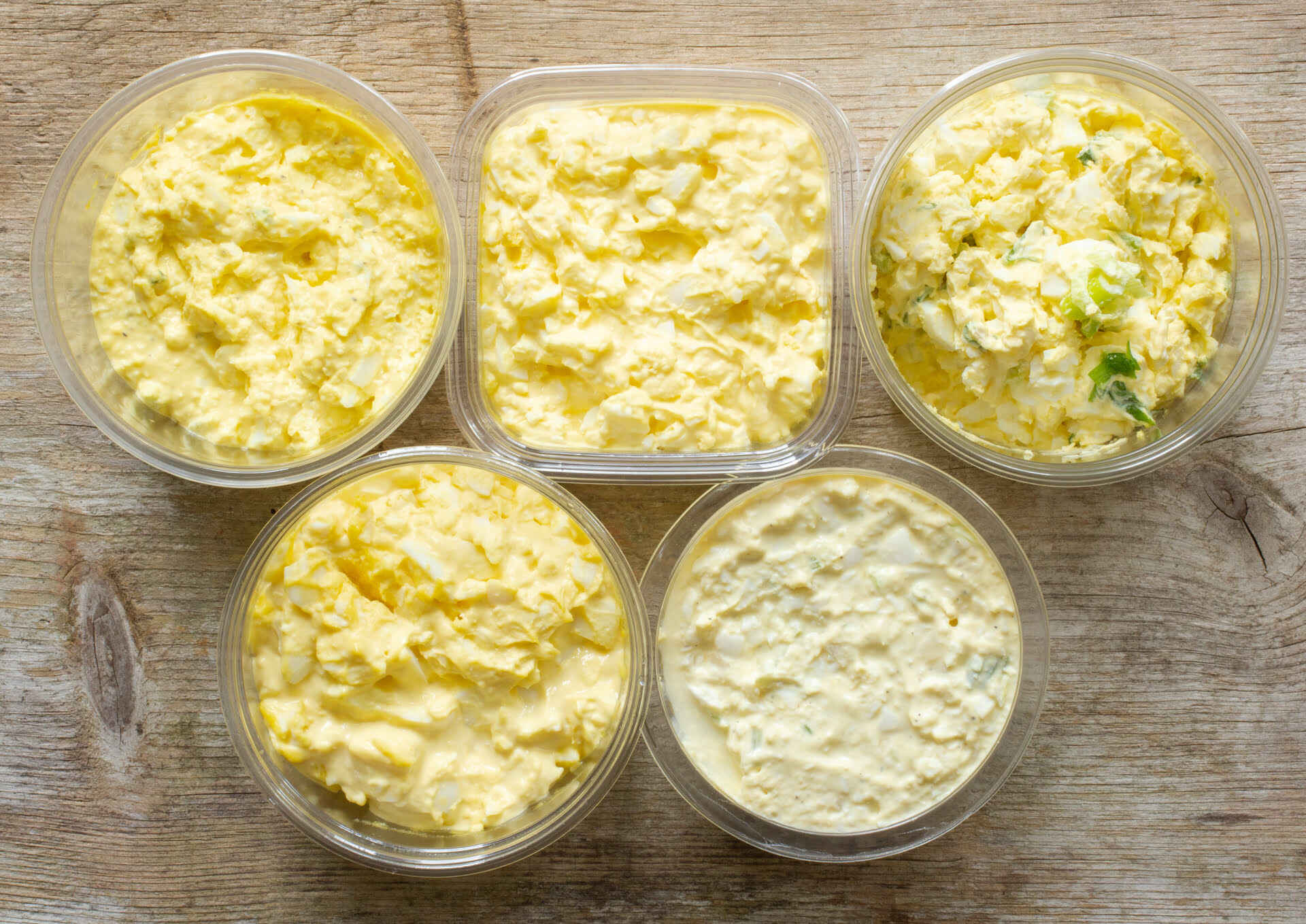
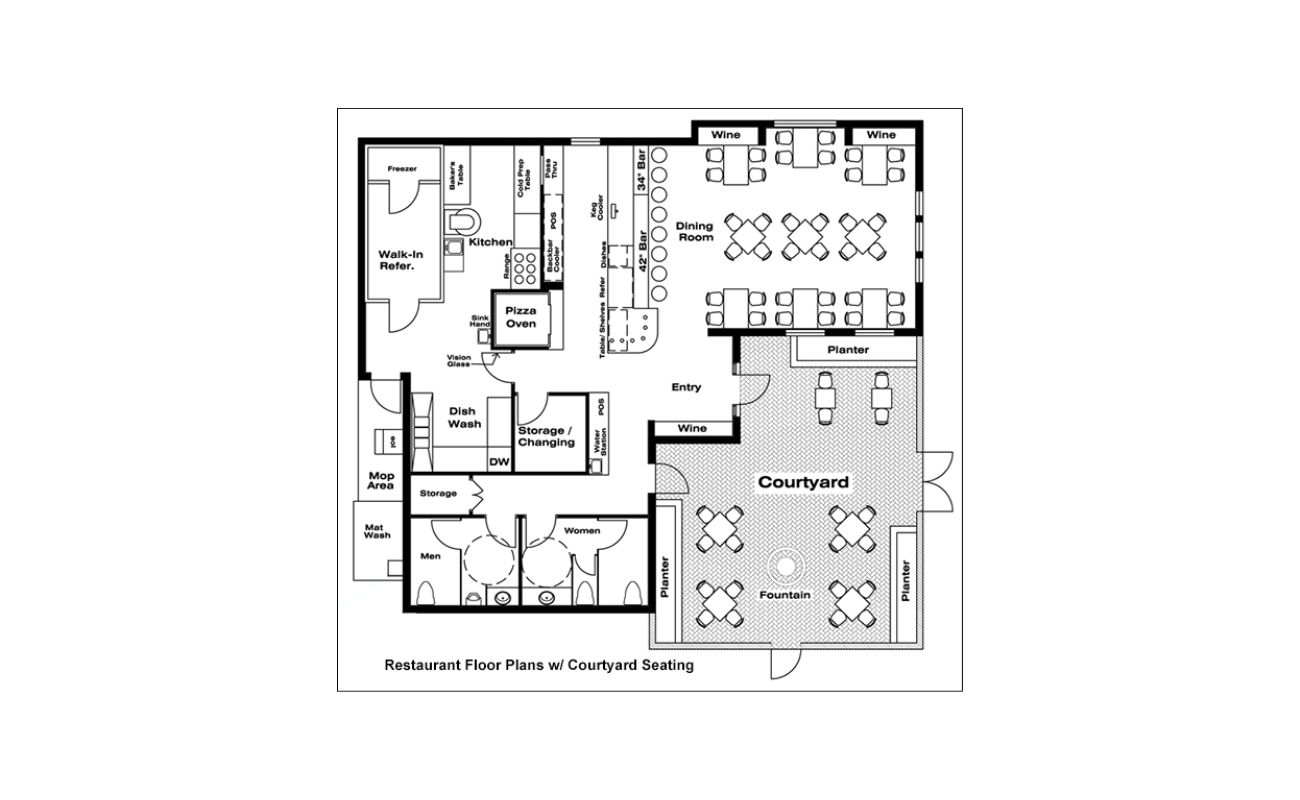

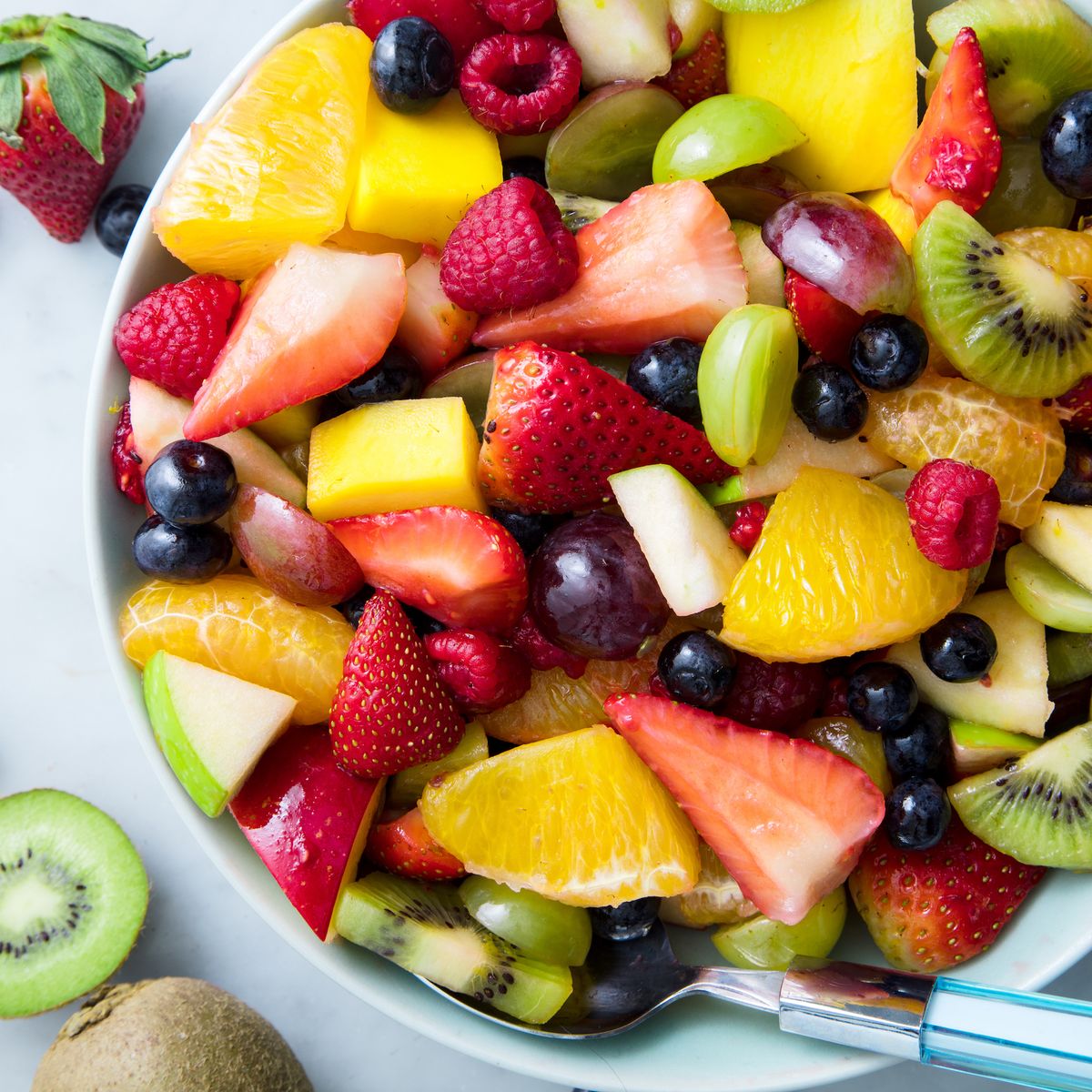
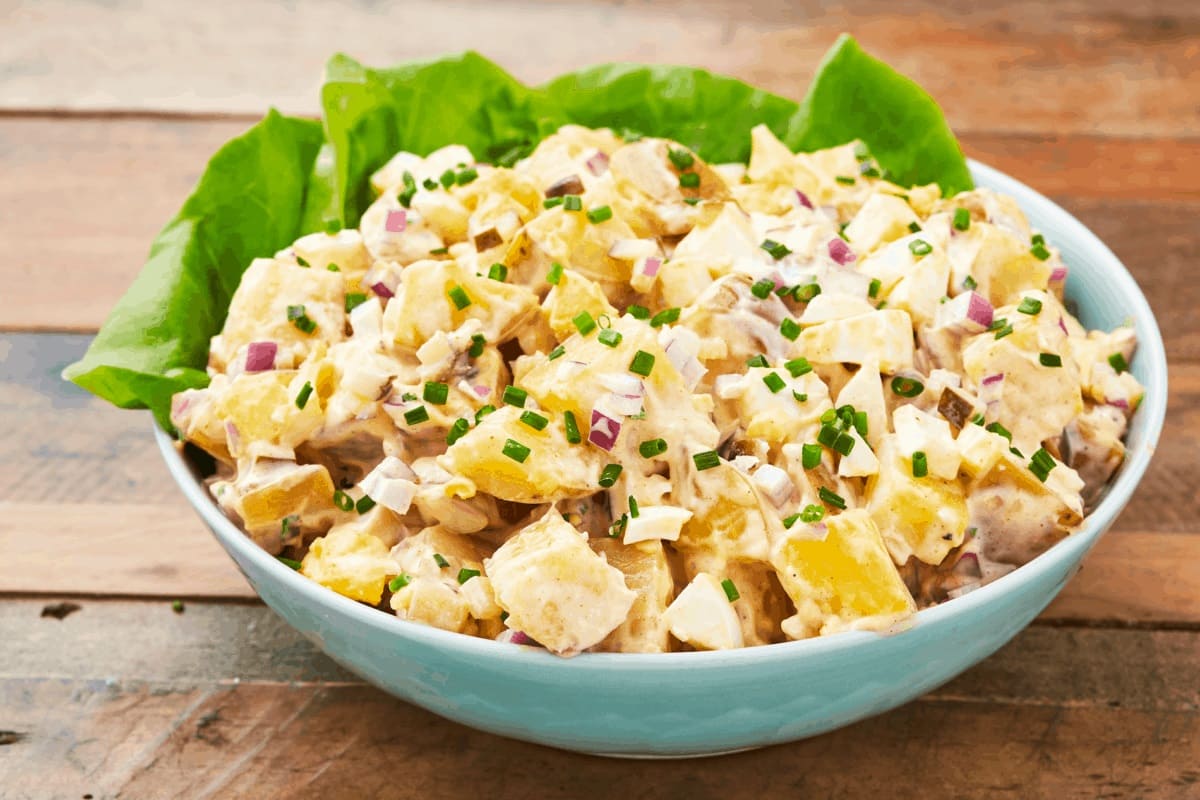
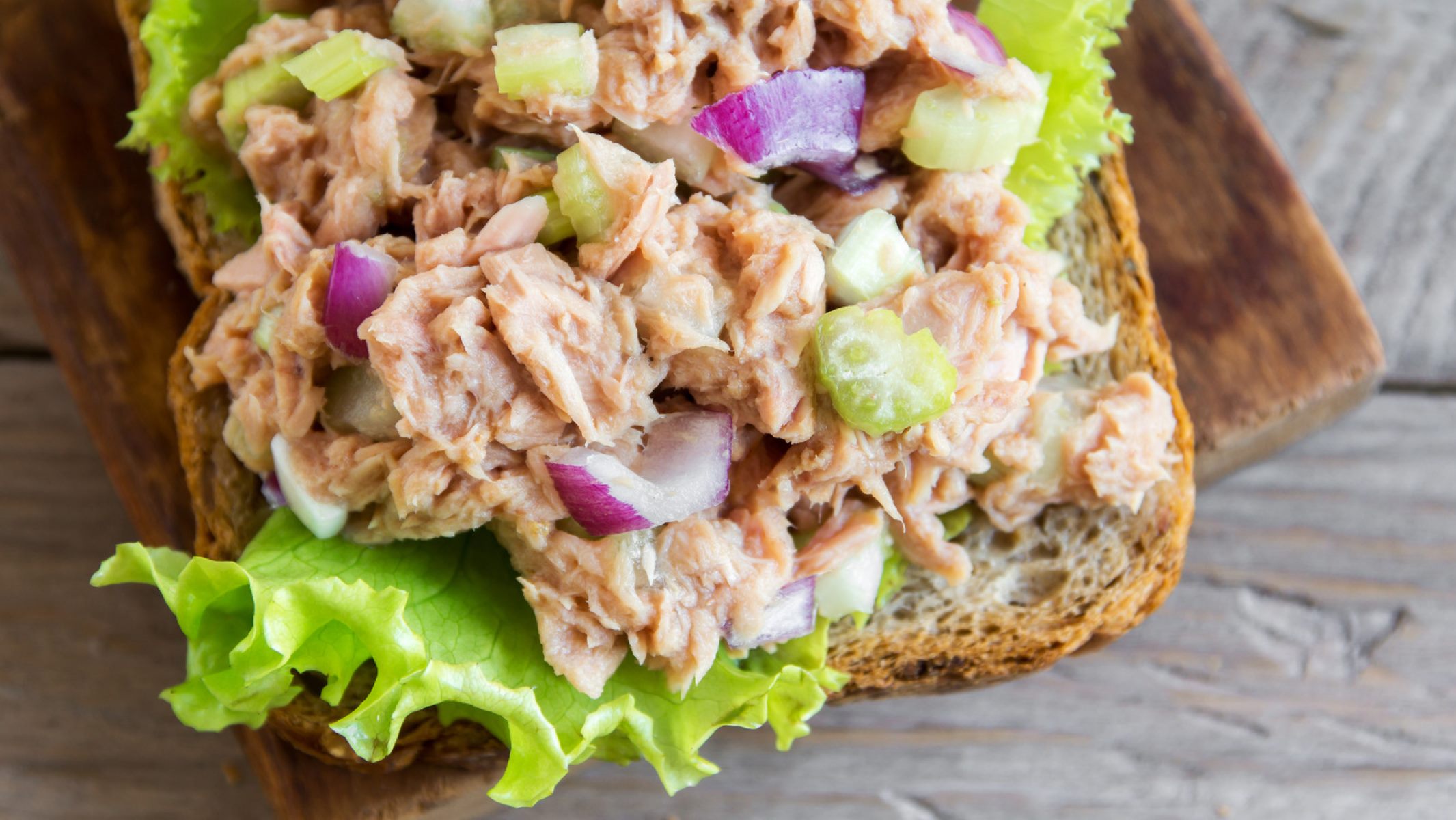

0 thoughts on “How To Decorate A Salad Bar With Greenery At A Restaurant?”